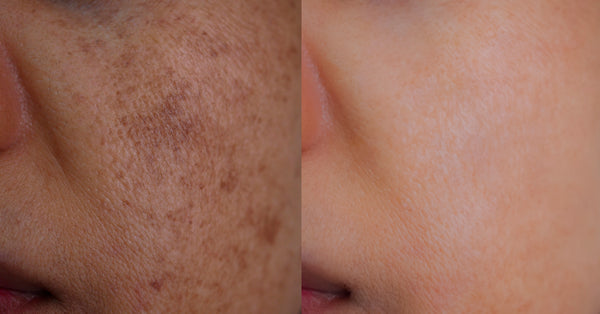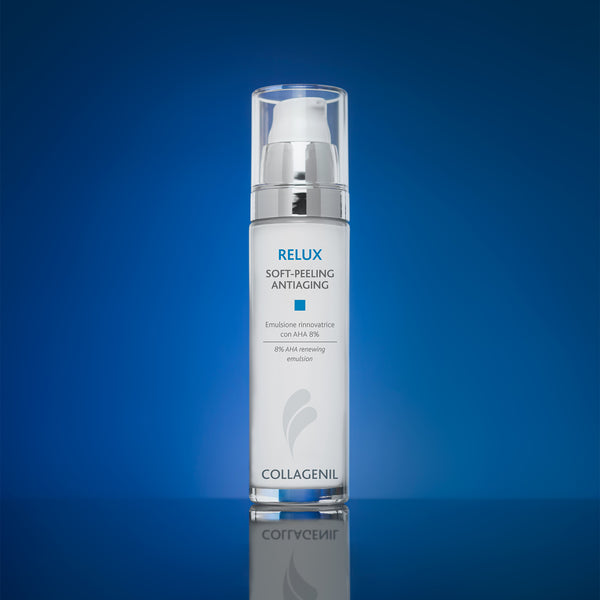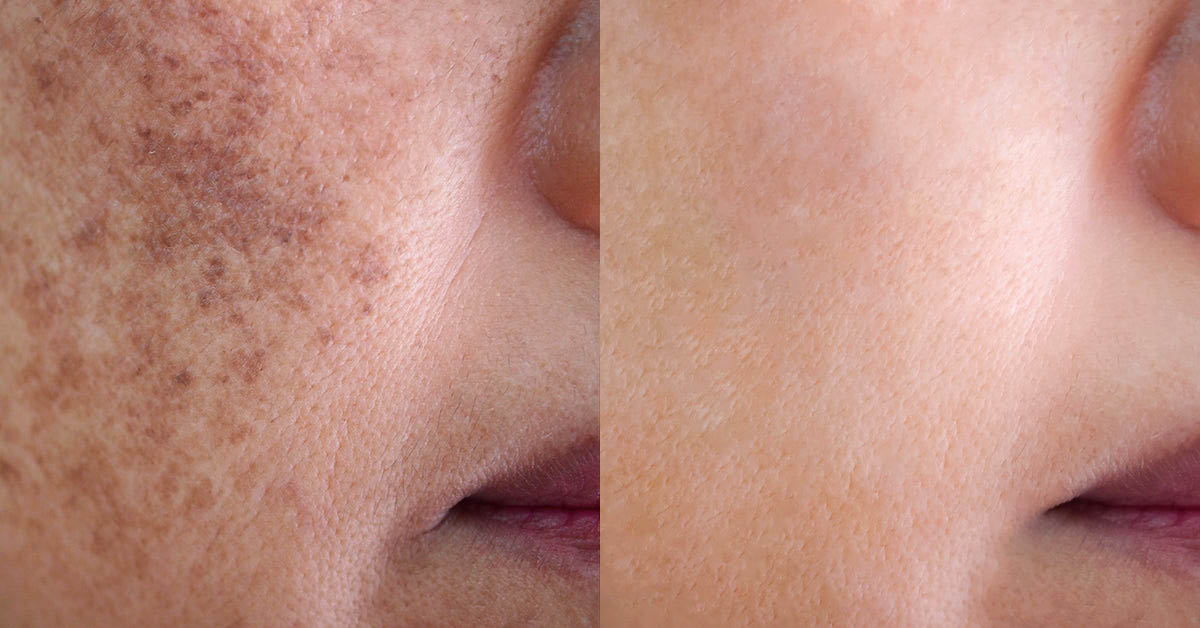Hyperpigmentation Treatments and Common Preventions.
What Is Hyperpigmentation?
Pigmentary changes of the skin are a direct result of skin damage. As women, we are much more susceptible to these pigmentary changes as they are often triggered by fluctuations in our hormones, birth control, and pregnancy. Hyperpigmentation is also triggered by prolonged exposure to the sun, skin injury, medications, genetics, and inflammation. Hyperpigmentation can be quite distressing and can lead to self-esteem issues.

The word hyperpigmentation can be used to describe a variety of skin conditions where blotches of skin appear darker than the natural skin tone. Examples include melasma, liver spots, and brown macules at the sites of past acne. While hypopigmentation can be used to describe the loss of pigmentation and reduction of melanin production due to skin damage. Examples of hypopigmentation include vitiligo and albinism. In normal skin, the concentration and distribution of melanin granules determine skin color. When there is an increase in the concentration of melanin in the skin, hyperpigmentation develops. Melanin is a protective pigment that plays an important role in skin protection. But too much (hyper) or too little (hypo) can be dangerous. Melanin is derived from tyrosine and common topical treatment include tyrosine inhibitors. Hyperpigmentation can be drastically improved with the appropriate skincare products and in some cases prevented.

How to Treat and Get Rid Of Hyperpigmentation:
Ingredients You Need:
We can drastically reduce and prevent hyperpigmentation by incorporating a few brightening skincare ingredients (not all!) into our skincare regimen. The following are great additions to most skincare routines:
- Kojic Acid, Azaleic Acid and Hydroquinone are similar in terms of how they treat hyperpigmentation. By targeting tyrosinase, these ingredients effectively reduce melanin production in the cells. These are excellent skin-lightening ingredients and are great for treating the dark marks left behind by acne.
- Glycolic Acid is an excellent ingredient for those with sensitive skin. Glycolic acid works as an exfoliant and removes the outer pigmented layers of the skin. Collagenil’s Soft-Peeling Anti-Aging is an 8 glycolic acid cream that can be added to your skincare regimen to improve hyperpigmentation. It is formulated with skin-healing antioxidants to improve the appearance of dark spots. More information regarding glycolic acid can be found in our blog article here.
- Mandelic Acid, like glycolic acid, is an alpha-hydroxy acid used to exfoliate the skin. A recent study demonstrated that weekly use of mandelic acid peels drastically reduces melasma and other forms of hyperpigmentation. The mandelic acid in Collagenil’s Remodeling body cream can be used daily to treat dark spots on the body in addition to improving overall skin tone.
- Retinol reduces hyperpigmentation by encouraging cell turnover. Retinol can also reduce acne scarring by balancing the production of keratin in the hair follicles. The overproduction of keratin can lead to blockages in the skin, leading to pimples and pigmentation.
- Vitamin C is an antioxidant that reduces hyperpigmentation by blocking the production of melanin. Every skincare routine should include vitamin C to protect the skin from further damage from the sun.

Pick the Best Sunscreen for Dark Spots and Pigmentation.
Prolonged sun exposure can promote the development of hyper melanotic conditions. The melanin in our skin is protective and when exposed to the sun, melanin production increases. Wearing the proper attire in the sun and the appropriate amount of sunscreen can help prevent hyperpigmentation.
Keep the Skin Moist!
You may have noticed your hyperpigmentation is worse in dry weather. That’s because dry patches in your skin cause irritation. When our skin is dry, our skin barrier becomes compromised and can no longer retain moisture. By keeping the skin moist, we are encouraging cell turnover and the growth of healthy new skin.
Stop Touching Your Face!
Train yourself to stop touching your face. Every time we touch our face, we introduce bacteria and dirt to the skin. Touching our face also encourages acne picking which then leads to scarring and pigmentation.
Treat Hyperpigmentation at the Dermatologist’s Office.
Sometimes, even the best skincare regimen and topical creams just aren’t enough. This is when we turn to revolutionary technology and powerful in-office procedures. A dermatologist may recommend one or a combination of the following to lighten your hyperpigmentation:
- Chemical Peels
- Microdermabrasion
- Lasers
- Cryotherapy
- Prescription Topical/Oral Drugs
When Will I See Results?
A good skincare routine can be used to both prevent and treat hyperpigmentation. While it is impossible to get rid of all hyperpigmentation, with proper care you can expect to see a drastic improvement in a few months to a year. Consistency is key!
